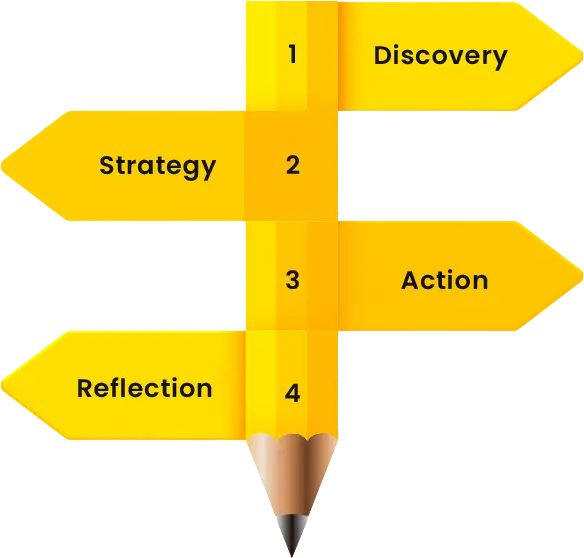At some point, we all face restrictive thoughts that hold us back. These limiting beliefs—those quiet, nagging voices in our minds—can make us doubt our abilities, fear success, or feel unworthy of happiness. While it’s natural to feel self-doubt occasionally, identifying and challenging these negative thought patterns is crucial for personal and professional growth.
In this blog, you’ll learn how to recognize self-limiting beliefs, uncover their root causes, and take actionable steps to reframe your mindset. Whether you struggle with imposter syndrome, body image issues, or fears of failure, this process will empower you to overcome these mental barriers and unlock your full potential.
Writing down limiting beliefs is a powerful first step to addressing them. Journaling is an effective self-help technique that allows you to record your thoughts, uncover patterns, and gain insights into your mindset.
How to Begin Journaling:
For instance, you might notice consistent self-critical thoughts about your abilities at work, like “I’m not smart enough” or “I’ll never get promoted.” Recognizing these patterns can help you challenge their validity and start the process of change.
Using a journal for self-reflection is particularly useful because it gives you a written record to revisit, helping you track your progress over time.
To overcome limiting beliefs, you need to understand where they come from. Often, these thoughts stem from past experiences, societal pressures, or learned behaviors.
Ask Yourself These Questions:
For example, a belief that “I’m not good at public speaking” might stem from a childhood experience of being embarrassed in front of an audience. Identifying this origin helps you view the belief objectively, making it easier to reframe and move forward.
The people and environments we surround ourselves with have a significant impact on our thoughts and beliefs. Some relationships can reinforce negativity, while others encourage positivity and growth.
Reflect on the following:
For example, scrolling through social media might trigger thoughts of inadequacy about your appearance or achievements. Recognizing this pattern allows you to set boundaries with social media or curate your feed to include uplifting content.
Limiting beliefs often spill into multiple areas of life, connected by a shared theme. For example, you might feel “not good enough” in your career and also believe you’re failing in your personal relationships.
Actionable Tips:
By addressing this underlying belief, you can simultaneously improve multiple aspects of your life.
When working toward personal development goals, fear of success or failure can surface. Visualization is a powerful tool to overcome these fears and stay motivated.
Visualization Tips:
By shifting your focus to the positive outcomes of success, you can quiet fears and take confident steps forward.
Overcoming limiting beliefs is a gradual process that requires patience, self-reflection, and persistence. By journaling, identifying root causes, and reframing your mindset, you can free yourself from the negative thought patterns holding you back.
Key Takeaways for Personal Growth:
Remember, your thoughts are powerful, but they don’t define you. By committing to this journey of self-discovery and growth, you can break free from mental barriers and unlock your full potential. Start today—write it down, reflect, and take the first step toward a brighter, more confident you. Read more…

Colloboration Inquiries:
What’s The Fear LLC is an active member of the community and wants to help promote and participate in impactful projects.
Client Support:
What’s The Fear LLC is dedicated to responding to your questions, concerns and feedback in a timely manner.
Copyright © 2024 WhatsTheFear LLC | Unlimited Personal Growth